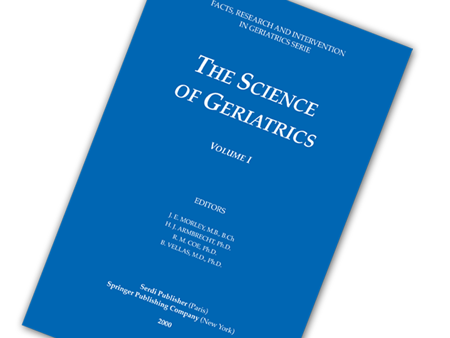It is well established that the immune response decreases with aging. With this, we observe a moderate increase in circulating inflammatory mediators, known as “inflamm-aging”. However, the dynamics of the immune loss process, at the individual level, has not been elucidate yet. In order to study this, Alpert and al. used “omics” technologies. Using these technologies, they were able to study the population-level changes in the human immune system of 135 adults in good health, with different ages, over a 9-year period. They observed a strong inter-individual variability in the variation of cellular frequencies; and a significant immune system dynamics in the elderly, which contrasts with the stability of the immune system in young adults. Some cell subsets show no direction of change between young and old people, suggesting that their change in abundance occurs at an early age, before age 60. While other cell subsets showed changes throughout the study. For the latter one, the researchers were able to identify a stable frequency towards which a subset of cells converges with age. It seems that the homeostasis of young adults and old people differs; and that the immune system converges to a point corresponding to the elderly homeostasis.
This homeostatic state may differ slightly between individuals depending on intrinsic and environmental factors. Using the trajectory to the homeostatic state, the researchers describe an immuno-aging axis. The value of this axis is established individually, at a given moment, and can help to define a score called IMM-AGE score.
The IMM-AGE score is correlated with age, but it can also capture additional metrics such as the cell-cytokine response. The IMM-AGE score would better evaluate the immune status of a person than its chronological age. It can also predict all-cause of mortality beyond the well-established risk factors from the Framingham Heart Study.
Alpert, A., Pickman, Y., Leipold, M., Rosenberg-Hasson, Y., Ji, X., Gaujoux, R., Rabani, H., Starosvetsky, E., Kveler, K., Schaffert, S., et al. (2019). A clinically meaningful metric of immune age derived from high-dimensional longitudinal monitoring. Nat. Med. 25, 487–495.



